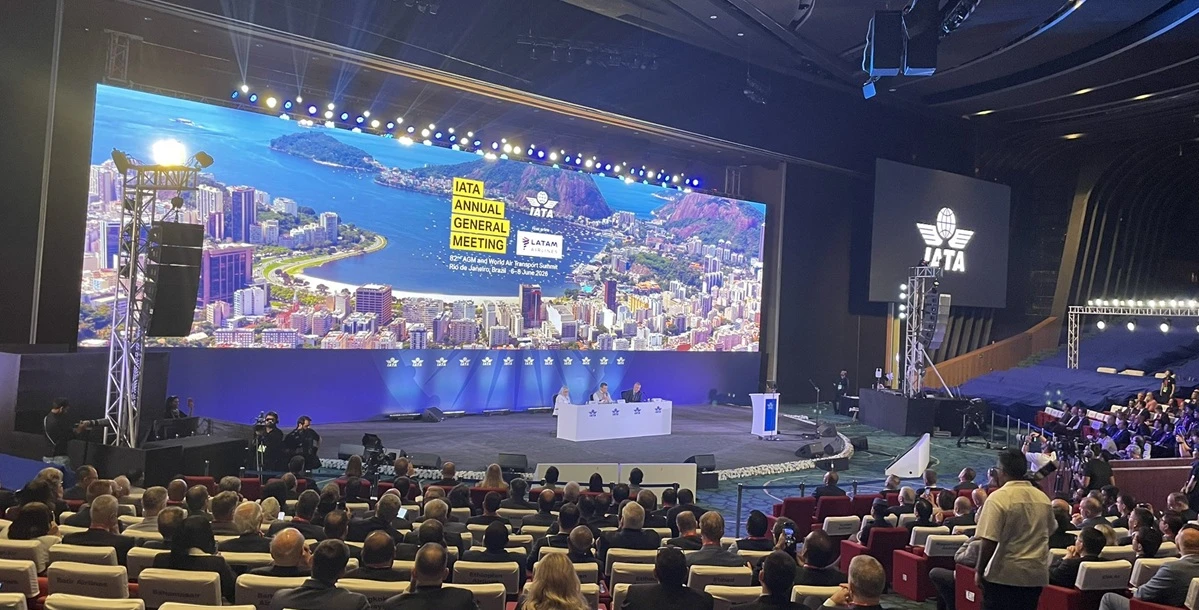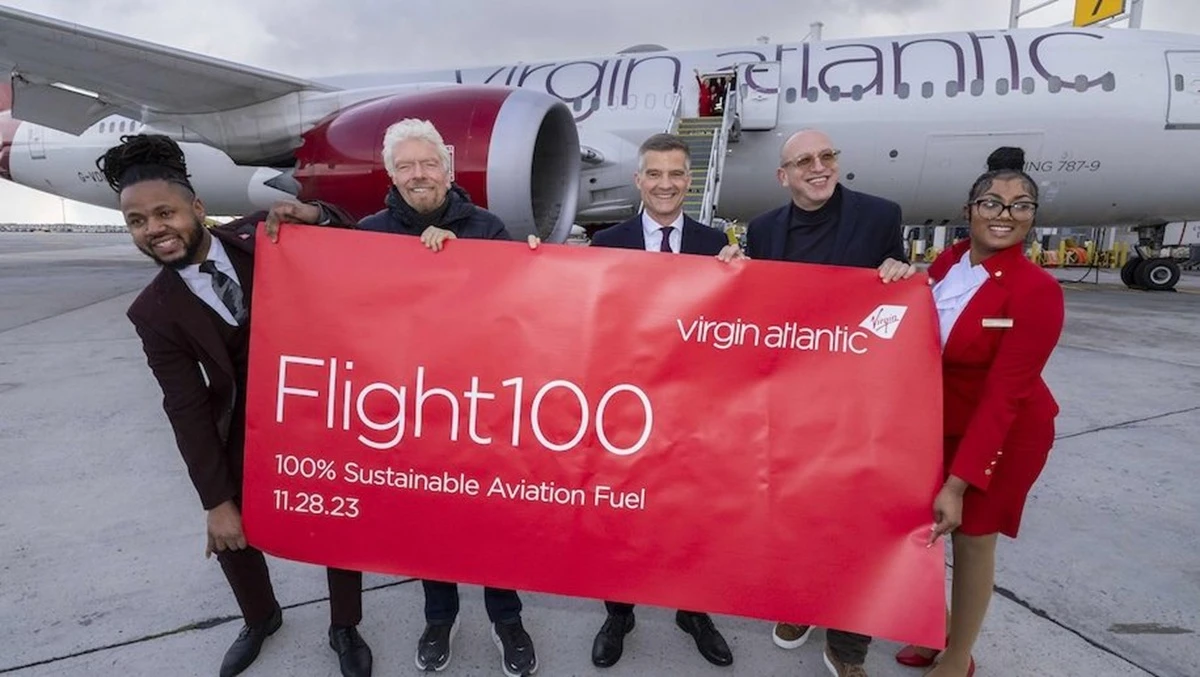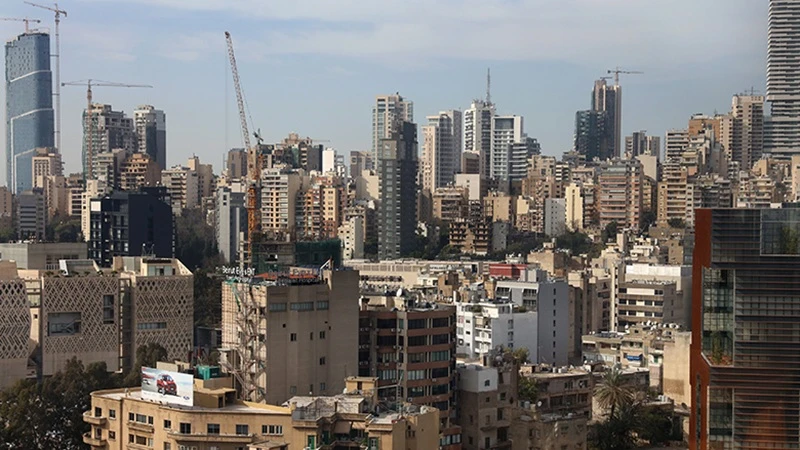The airline industry remains robust, a critical artery in the world’s circulatory system. Soon, 5 billion travelers will take to the skies annually, and the 69 million tons of air cargo transported each year will account for a third of global trade by value.
The above staggering figures, were revealed by IATA's Director General Willie Walsh said on Monday while addressing the global airlines' grouping 81st annual general meeting in New Delhi.
“The first half of 2025 has brought significant uncertainties to global markets. Nonetheless, by many measures including net profits, it will still be a better year for airlines than 2024, although slightly below our previous projections. The biggest positive driver is the price of jet fuel which has fallen 13% compared with 2024 and 1 per cent below previous estimates. Moreover, we anticipate airlines flying more people and more cargo in 2025 than they did in 2024, even if previous demand projections have been dented by trade tensions and falls in consumer confidence. The result is an improvement of net margins from 3.4 per cent in 2024 to 3.7 per cent in 2025. That’s still about half the average profitability across all industries. But considering the headwinds, it’s a strong result that demonstrates the resilience that airlines have worked hard to fortify,” said Willie Walsh, IATA’s Director General.
The real cost of flying has fallen 40 per cent than a decade ago despite rising cost and tax challenges, he said.
Walsh also pointed a stark reality: a projected $36 billion profit on revenues of $979 billion for 2025 equates to a mere 3.7 per cent net margin, or a paltry $7.20 net profit per passenger. This, he argues, is not commensurate with the immense value the industry creates at the heart of a value chain supporting 3.9 per cent of global GDP and 86.5 million jobs.
Walsh also said the rate of growth in the airlines' industry has slowed down as a result of supply chain issues.
The Enduring Spirit of Aviation
Despite these razor-thin margins—half of what most other industries earn—the airline sector's resilience is legendary, as proven by its swift bounce-back from the depths of the COVID-19 pandemic.
Walsh noted that the pioneers who founded IATA 80 years ago would be immensely proud. Their vision for safe, regular, and economical transport for the benefit of all has been delivered; flying is now safer and more accessible than ever.
This accessibility, he stresses, is vital, as flying, like all forms of connectivity, fosters global prosperity, standing in stark contrast to the destructive forces of isolationism and trade barriers.
IATA, now stronger than ever with over 350 airline members, continues to champion these benefits through global standards, advocacy, and essential services.
Travelers, when surveyed, consistently highlight their top three priorities, he said: flying must be even safer, more affordable, and truly sustainable—an agenda that perfectly aligns with IATA’s core mission.
PM Modi highlights India’s aviation boom
Prime Minister Narendra Modi addressed the (AGM) and the plenary session of the World Air Transport Summit (WATS) at Bharat Mandapam in New Delhi, emphasizing India’s emergence as a global leader in aviation and space convergence.
Marking the return of the IATA AGM to India after 42 years, Modi showcased the transformative growth of India’s aviation sector, calling it a hub of policy leadership, innovation, and inclusive development.
“Today, India is emerging as a leading force in the global space-aviation convergence,” Modi declared, highlighting the sector’s historic advancements over the past decade. He described India as the world’s third-largest domestic aviation market, with 240 million passengers annually, surpassing the population of most countries. By 2030, this figure is projected to reach 500 million, with air cargo expected to grow from 3.5 million metric tons to 10 million metric tons by the decade’s end.
PM Modi underscored the success of the UDAN scheme, which has enabled over 15 million passengers, many first-time flyers, to access affordable air travel, calling it a “golden chapter” in Indian aviation history. He highlighted the expansion of operational airports from 74 in 2014 to 162 today, with an annual passenger handling capacity of 500 million. Indian carriers have ordered over 2,000 new aircraft, signaling robust growth, while the Maintenance, Repair, and Overhaul (MRO) sector has grown from 96 facilities in 2014 to 154, bolstered by 100 per cent FDI, GST reductions, and tax rationalization.
The Prime Minister outlined three pillars driving India’s aviation sector: a vast, aspirational market; a young, innovative talent pool excelling in AI, robotics, and clean energy; and a supportive policy ecosystem.
PM Modi positioned India as a value-chain leader in global aviation, from design to delivery, encouraging companies to embrace “Make in India” and “Design in India.” With a goal to establish a $4 billion MRO hub by 2030, he invited global aviation leaders to invest in India’s rapidly growing sector, which is creating jobs for pilots, crew, engineers, and ground staff.
(With inputs from DD News)







